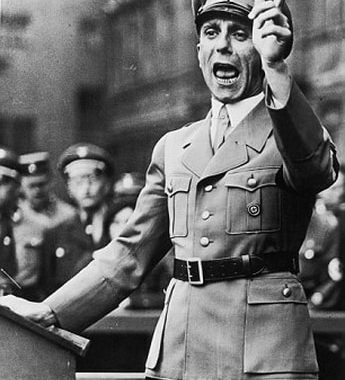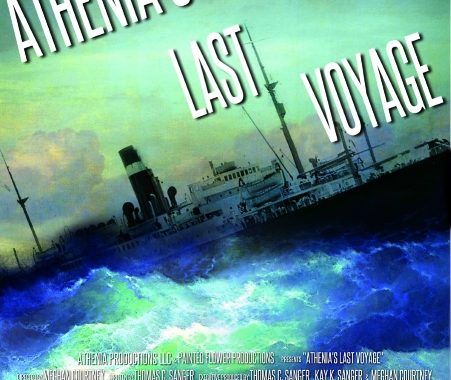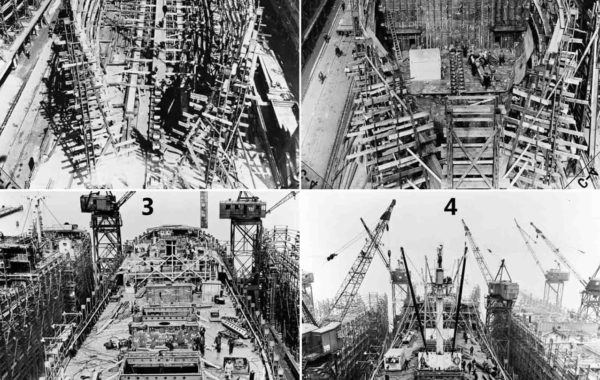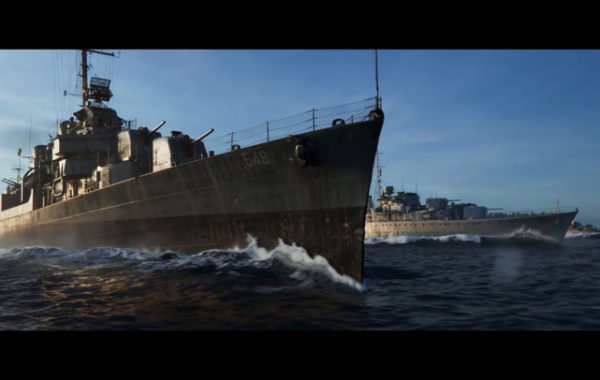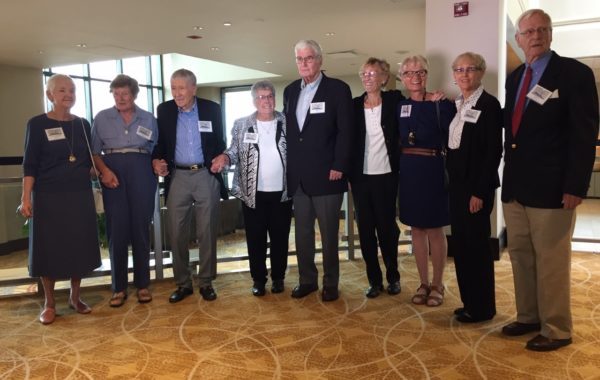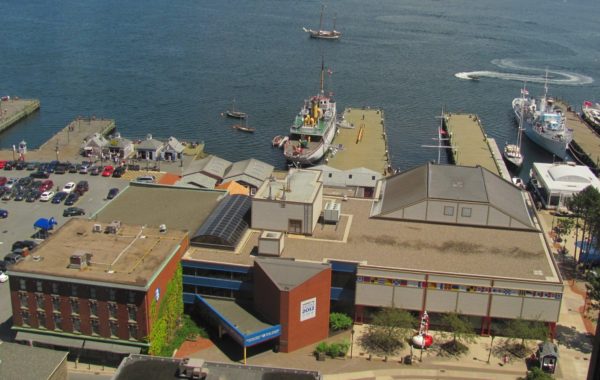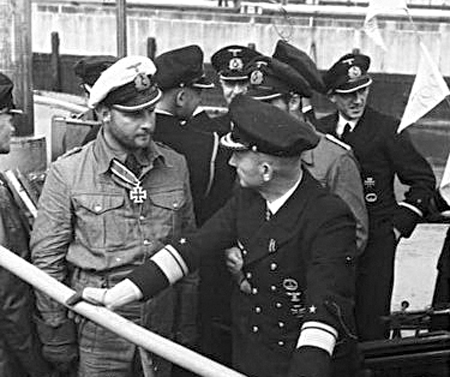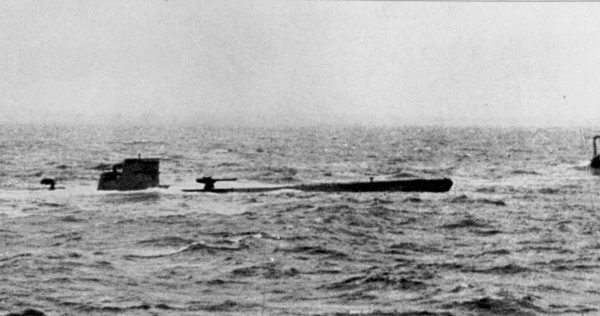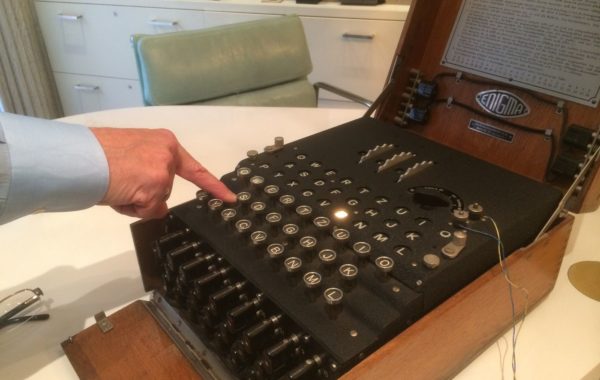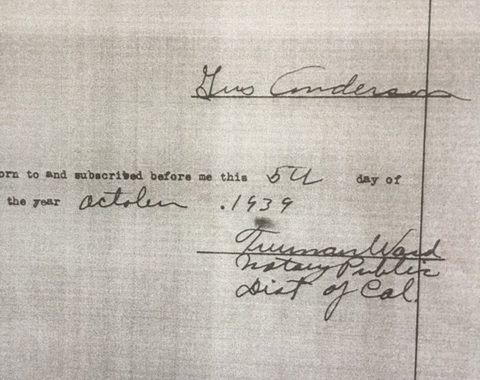In our last blog (July 2, 2021) we began exploring the role social media might have played in spreading disinformation about how the passenger ship Athenia met her fate on the first day of World War II. If the Internet had been available to the Nazis they could have communicated directly with the large base of national socialist sympathizers that existed in Britain, Canada, and America at the start of the war.
The Nazis initially claimed that a floating mine, exploding boiler, or mistaken torpedo from a British submarine were most likely responsible for sinking Athenia. Though easily disproved, these bogus explanations would have sounded plausible to a sympathetic audience protected by algorithms that kept their newsfeeds free of the critical accounts of Western news outlets.
But less than a week after Athenia’s sinking, the Nazi’s chief propagandist, Joseph Goebbels, launched an all-out effort to put the blame on Britain’s new First Lord of the Admiralty, Winston Churchill. Goebbels had concocted a story that would have had irresistible appeal for Internet conspiracy theorists. He claimed that Churchill had planted a bomb on board Athenia, timed to explode when the ship would be well out to sea, causing it to sink, kill American passengers, and bring the United States into the war against Germany.
At the time, hardly anyone outside of Germany gave this story any credence. Goebbels embellished the story with subsequent details, but they were easily debunked. Had the Internet been available, he could have distributed his lies directly to a widespread sympathetic audience through like-minded influencers. Such circulation might have allowed the “alternate facts” to take root before authorities could respond with more plausible explanations.
To bolster his story, Goebbels claimed that shipping agents were told not to book German citizens on board for fear they would uncover Churchill’s ruse; that several rescue ships “mysteriously” appeared in the area even though Athenia never sent a distress signal; and that the ship was ultimately sunk by gunfire from British destroyers so that no evidence of Churchill’s scheme would survive. None of the claims were true, but the Internet could have allowed Goebbels to keep the Allies off balance by issuing a new claim as soon as the previous claim was debunked. With claims and counter-claims ricocheting around individuals’ newsfeeds, confusion and skepticism might have seriously undermined the Allies’ early war efforts.
Even without the Internet, the United States, which announced it would remain neutral, refrained from blaming Germany for sinking Athenia in the absence of irrefutable proof. It was a sign of the political strength wielded by isolationists and the German American Bund.
Indeed, the Nazi’s denial of responsibility for the attack on Athenia left the question unanswered until the Nuremberg trials in 1946, when Grand Admiral of the German Navy Karl Dӧnitz confirmed U-30 sank Athenia on the first day of the war.


